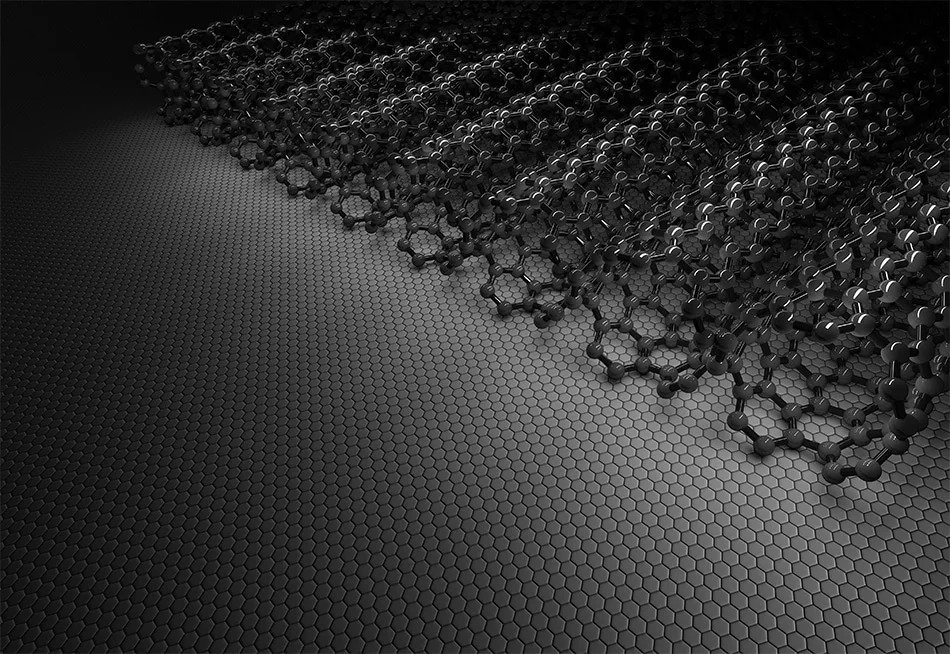Graphene is a material that has been the subject of much scientific study in recent years due to its remarkable properties. This single-atom-thick layer of carbon atoms arranged in a hexagonal lattice pattern has high electrical conductivity and a number of other desirable properties. This has led to speculation that graphene could replace silver in certain applications. In this blog post, we will explore the question of whether or not graphene will replace silver by examining four key points.
Graphene vs Silver Conductivity
The comparison between graphene and silver conductivity necessitates distinguishing between theoretical potential and empirical reality. Silver, a well-established elemental metal, exhibits the highest electrical conductivity at room temperature, with a resistivity of approximately Ω⋅m. This translates to its widespread use in electrical applications where consistent and reliable performance is paramount. Its bulk properties are well-characterized and readily reproducible.
Graphene, a single-atom-thick sheet of carbon, possesses a theoretical conductivity significantly exceeding that of silver. This stems from its unique two-dimensional structure, which allows for extremely high electron mobility, potentially reaching values above cm$^2$/V⋅s. However, achieving this theoretical maximum in practice is hindered by several factors. Defects, such as vacancies, adatoms, and grain boundaries, introduce scattering centers that impede electron flow. Substrate interactions and environmental contaminants further reduce conductivity. Moreover, in multilayer graphene, interlayer coupling diminishes electron mobility. While theoretical models suggest conductivity values in the range of S/m or higher for pristine graphene, experimental measurements often yield values significantly lower, particularly in macroscopic samples. Research efforts are currently directed towards mitigating these limitations through controlled synthesis, defect engineering, and the development of graphene-based hybrid materials, especially with metals like silver, to leverage their combined strengths and improve overall conductivity.
Cost
The cost of silver is a major disadvantage for many electrical applications. As a precious metal, the price of silver can be volatile, and its mining has a significant environmental impact. In contrast, graphene is made from carbon, which is a relatively abundant and inexpensive element. The cost of manufacturing graphene is still relatively high, but it is likely to decrease as the technology improves and production methods become more efficient.
Other Properties
In addition to its high electrical conductivity, graphene has a number of other desirable properties that make it an ideal material for certain applications. For example, graphene has high mechanical strength and flexibility, making it ideal for use in flexible electronics and energy storage devices. Graphene also has high thermal conductivity, which means that it can efficiently dissipate heat. This is an important property in electronic devices, where overheating can lead to failure.
Challenges
Despite its many advantages, there are still some challenges associated with using graphene in practical applications. For example, graphene is a relatively new material, and there is still much to be learned about its properties and behavior. In addition, the process of manufacturing graphene is still relatively expensive, and it is not yet clear how this will affect its cost in the long term. Furthermore, the electrical conductivity of graphene can be affected by impurities, such as oxygen and other contaminants, which can reduce its performance.
Conclusion:
While it is unlikely that graphene will replace silver in all applications, it is possible that graphene could replace silver in certain applications where the high cost of silver is a disadvantage. Graphene has a number of other desirable properties, such as high mechanical strength and thermal conductivity, which make it an ideal material for certain applications. However, there are still some challenges associated with using graphene in practical applications, and more research is needed to fully understand its properties and behavior.
In summary, the future of graphene in the field of electrical and electronic applications is still uncertain, and it remains to be seen whether or not it will replace silver. While graphene has many desirable properties, it is not yet clear if these properties will be enough to overcome the challenges associated with using this material in practical applications. Nevertheless, the potential of graphene is promising, and it will be interesting to see how this material evolves in the years to come.





Leave A Comment